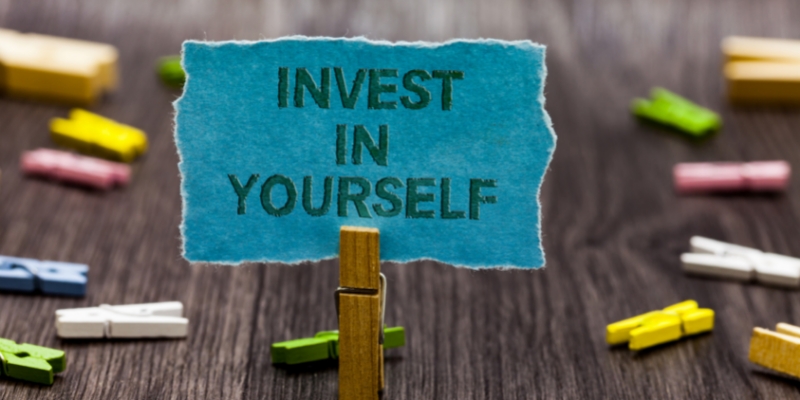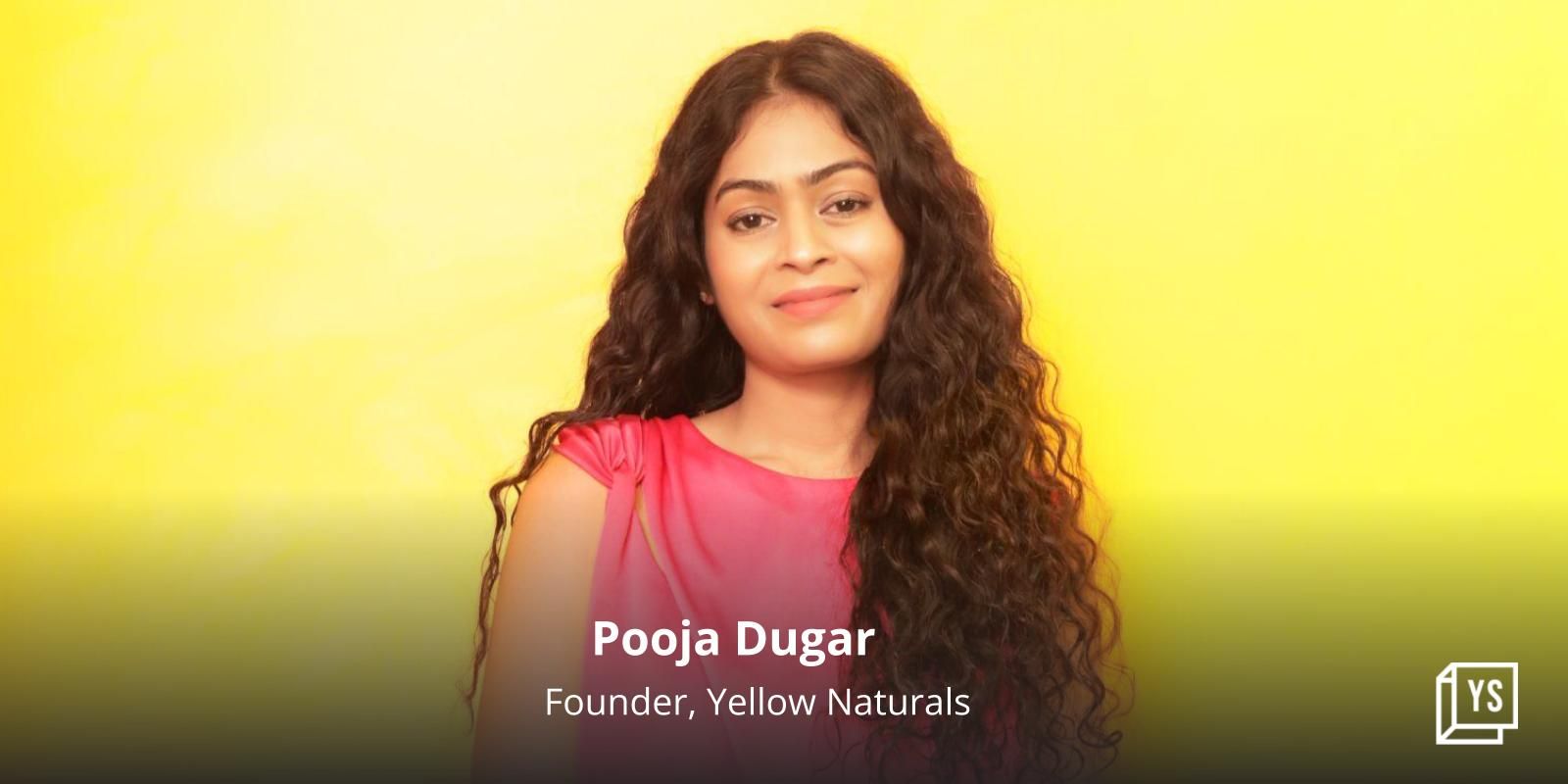Roastery Coffee House is taking Indian speciality coffee global with Finland launch
With seven outlets across India, Roastery Coffee House wants to create a slow but impactful journey to make Indian speciality coffee relevant in the global market.
In December 2023, Roastery Coffee House became the first ever Indian coffee chain to open an outlet in Europe. With regular pop-ups hosted and scheduled until March-end, setting the stage for its grand inauguration in Helsinki, Finland, the Indian speciality coffee roaster wants to put Indian coffee on the global map.
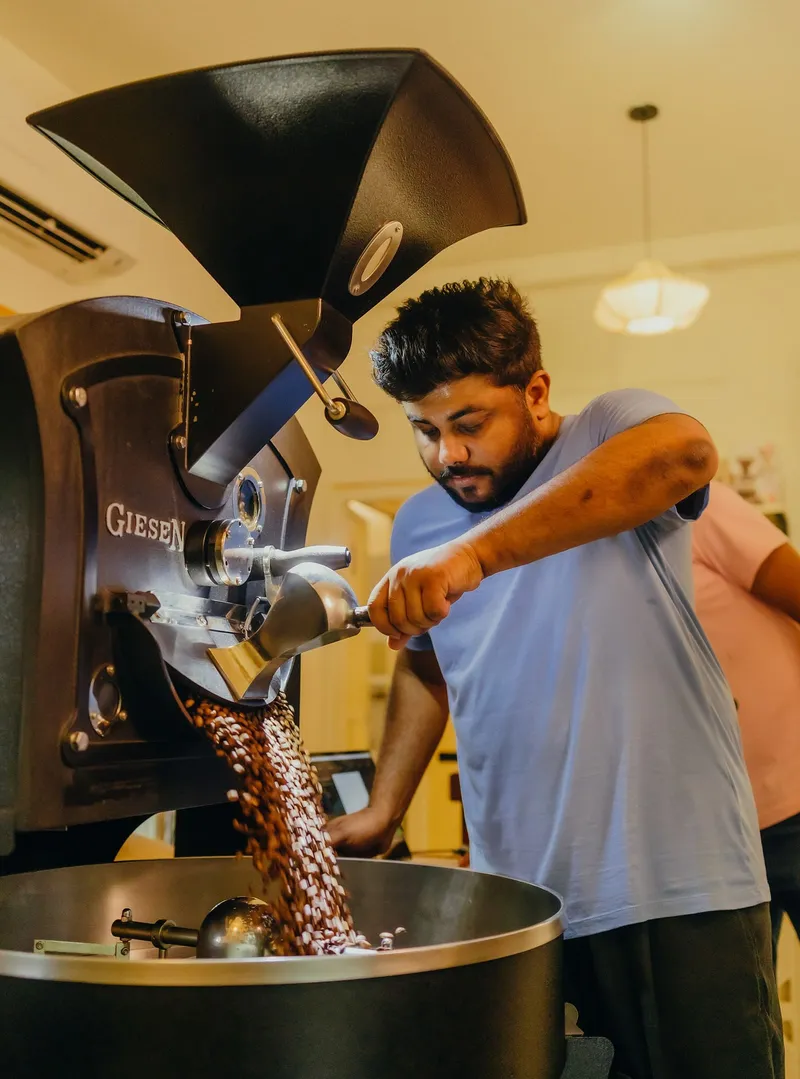
During a three-day pop-up held in December last year, Roastery Coffee House witnessed a footfall of around 300 people—selling over 200 cups of coffee and 250 packets of freshly roasted coffee beans.
With its roots in Hyderabad, Roastery Coffee House ventured into the European continent before expanding to major Indian markets—an unusual trajectory for homegrown businesses.
“Being a six-year-old brand, the biggest impact that we could have created is open an international store and serve coffee there,” says Nishant Sinha, Founder of Roastery Coffee House, in a candid chat with YS Life.
And with the Finnish being the biggest coffee consumers in the world, it only made sense for Sinha to target Finland. According to the International Coffee Organisation, the Finns consumsed as much as 12 kgs of coffee per person per day as of 2016.
“India’s Monsoon Malabar is very famous in Finland, and only a few people know that it comes from our country. That’s what made me think about it,” Sinha says.
Secondly, Sinha says, he is “Not here for competition.”
“Bengaluru and Mumbai already have Third Wave Coffee Roasters, making Indian coffee popular. And while Blue Tokai has expanded to Japan to educate people about Indian coffee there, I decided to go to Europe since it is a coffee-loving nation,” Sinha explains.
India-first concept
Hailing from a family that was heavily into food-led business, Sinha started his career in the coffee industry with Cafe Coffee Day (CCD). Later, he also working with Itlay-based Lavazza.
The entrepreneurial bug bit him in 2017 and he opened the first Roastery Coffee House outlet in Banjara Hills in Hyderabad.
Unlike other cafes in India, which mostly adopted their western counterpart’s design and decor styles, Roastery Coffee House is a big advocate of Indian architecture, design, and aesthetics.

The Kolkata outlet of Roastery Coffee House, set inside the Old South India Club,features the quintessential heritage Calcutta black and white checkerboard flooring
With seven outlets today—across Hyderabad, Kolkata, Lucknow, Jaipur, and Delhi-NCR (Noida, Khan Market, and Dwarka), Roastery Coffee House’s features are largely based on “modern Indian minimalism.”
“Before we open in any new city, we make sure to add a few elements of that particular city, in the architecture and decor,” Sinha says.
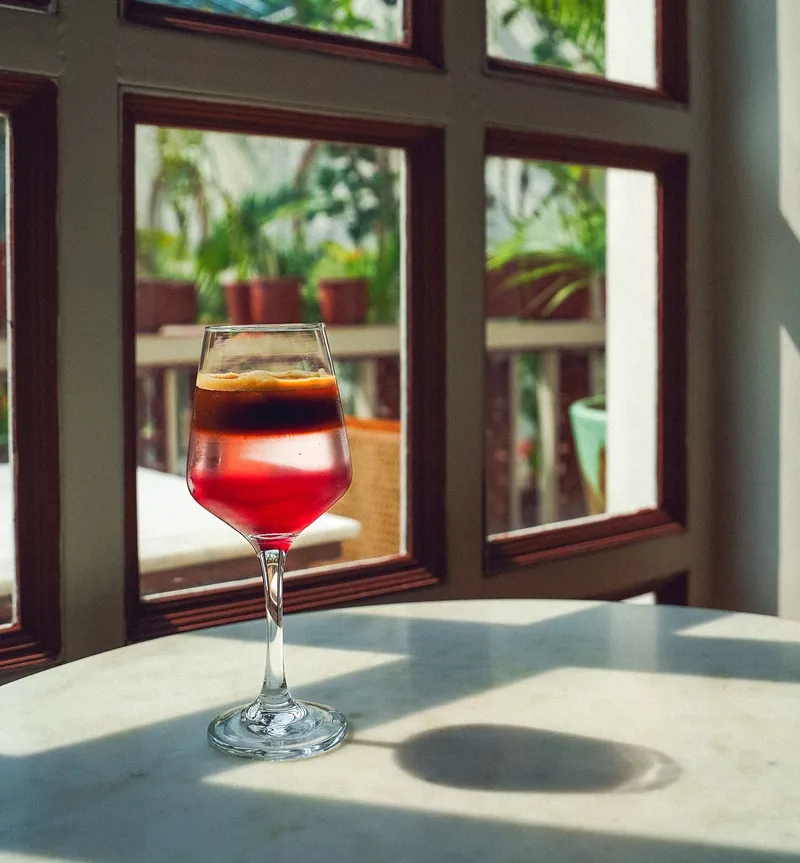
Roastery Coffee House's signature Cranberry Coffee
In Hyderabad, the cafe sits inside a bungalow; and in Kolkata, it is set inside the Old South India Club. Keeping the ‘heritage’ factor common, the team built a traditional building on a barren land to set up a cafe in Noida’s Sector 144.
“Whenever you walk into a Roastery Coffee House outlet, you will know. All of them have some similarities,” Sinha says, stating all the outlets have a common colour palette—plain white, passion flower mustard, and terracotta brown.
Yet, each has a distinct touch and flavour to them.
The Hyderabad outlet uses a lot of greenery for decor; the Kolkata one features the quintessential heritage Calcutta black and white checkerboard flooring; and the Jaipur outlet has a typical Rajasthani steep well inside its premise.
“Since our roots are in Hyderabad, we picked up the Ikkat art form from there and used it in our furnishings; and terracotta wall tiles in each of our outlets.”
Slow but steady growth
Bootstrapped since inception, Sinha believes in creating a slow-paced but high-impact trajectory.
Before launching a new variant to its menu, the brand believes in striking a 75 to 80% customer satisfaction. And that, Sinha believes, is its USP.
His claims are supported by the sales.
Roastery Coffee House’s signature offering, the vegan cranberry coffee—made using espresso, soda lemon and cranberry juice—sells an average of 1,500 cups a day, across its seven outlets.
According to Custom Market Insights, the Indian coffee market was valued at $478 million in 2022, and is expected to see a CAGR of 9.87% to reach $1,227.47 million by 2031. Having said that, 62% of Indians continue to consume tea every day (as per Mintel), compared to only 43% of those who consumed coffee.
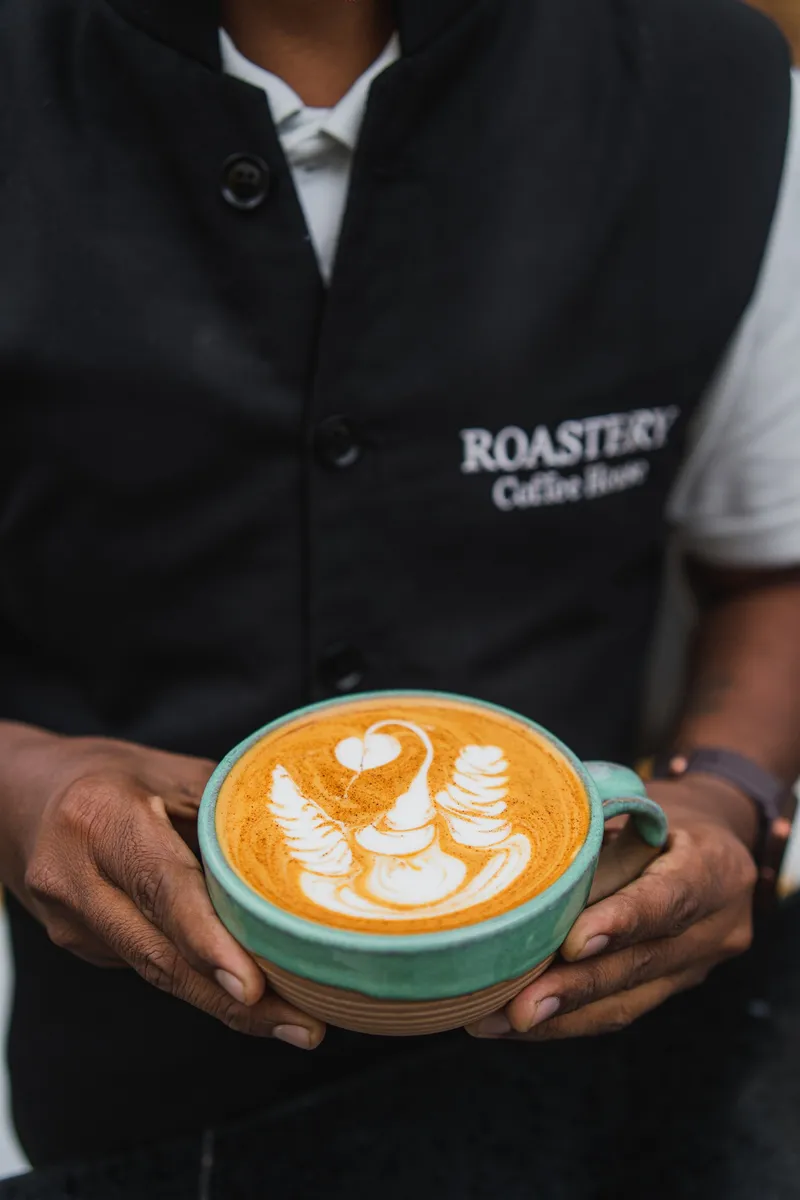
The market share is even lesser (approximately 1%) for speciality coffee drinkers, says Sinha. And the leaders in this segment include the likes of Roastery Coffee House—Blue Tokai Coffee, Third Wave Coffee Roasters, Bevzilla, and more. But “Nobody is a competition,” he reiterates.
“We all have a common goal—to make Indian coffee popular. We have a long way to go and do a lot of hard work…We need to be very sure about our marketing strategies, and informing people about Indian coffee brands.”
When asked if Indian speciality coffee brands will ever be able to take over the Starbucks of the world, Sinha says, “A lot of players in the market are aiming for what Starbucks has done, and I am sure they will be able to achieve it. It’s just that Roastery’s way of doing things is different. I want to go slow and make an impact…In the next one decade, if we have maybe 20 more brands doing Indian coffee, then we will be able to achieve a strong market share.”
Sinha believes that the coffee-drinking practice is constantly evolving, and is set to grow multifold. “Consumers are now focused on the coffee quality, how the coffee is made, the notes, the way it is presented, and the aesthetics of the cafe. The coffee-drinking experience has elevated, and it is further going to get elevated.”
For now, Roastery Coffee House is focusing on establishing itself in Finland. “We want to at least breakeven, if not become profitable (in Finland). And then expand to other European countries, where we can popularise Indian coffee,” Sinha says.
From an Indian prespective, Roastery Coffee House wishes to take its coffee to one city, at a time. Its next step would be going to cities such as Bengaluru, Dehradun, Mysuru, and Coimbatore.
“We do not want to be a part of the rate race, we want to grow as a long-term sustainable business because India has a very high rate of unsuccessful coffee brand—CCD, Barista…there are a lot of national and international unsuccessful coffee businesses. I want to go slow,” says Sinha.
Edited by Megha Reddy







![[Funding alert] Media-tech startup Toch raises over $400K in round led by Inflection Point Ventures](https://images.yourstory.com/cs/2/b3bfb136ab5e11e88691f70342131e20/Imagevgyw-1586973026465.jpg)
